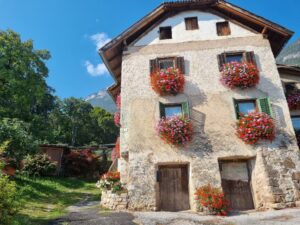BlockBar, the world’s first direct-to-consumer NFT platform for wine and spirits has just diversified further by launching a gifting capability comprised of 300 bottles of Penfolds.
This new initiative lets the BlockBar community gift a highly coveted collectible wine or spirit connect the physical and digital world. In fact, BlockBar says the market for investing in high-end collectible spirits, like Penfolds wine, has increased by 582 % in the last decade.
Sam Falic, co-founder of BlockBar, told Forbes about the platform’s extension which targets both crypto experts and beginners: “This is of great value to add to your digital portfolio, aside from the digital art you own, you can now own a digital bottle and build your digital bar which is also backed by physical assets.”
NFT (Non-fungible tokens) are currently popular (almost in every industry), from art to rare wine and spirits. Since its founding in 2018, BlockBar has allowed consumers to purchase asset-backed NFTs directly from brand owners, to burn, redeem or sell the physical product. The actual bottles are stored in a secured facility in Singapore. BlockBar also gives the chance to gift the physical product, and the NFT gifting platform is designed so that anyone can use it.
Penfolds wine estate has launched a limited edition NFT tied to its rare Magill Cellar 3 barrel of wine, available to purchase for $130,000.
Dov Falic, the other co-founder of BlockBar, explained: “All you need to know is that you are receiving a gift which is a physical bottle that is stored for you in a secure location; the fact that it’s built on blockchain or uses NFTs is the mechanism to prove provenance and ownership. You can take possession of the bottle anytime you want.”
BlockBar’s first NFT gift launches on 18 January 2022, with limited edition NFTs linked to 300 bottles of Penfolds Magill Cellar 3 2018, priced around 0.13 ETH ($467). The founders described the Australian producers’ rare wine as the highest quality and representative blend of the brand’s Cabernet Sauvignon and Shiraz and “one of the most collectible and giftable wine brands in the world.”
When the NFT is purchased, the cryptographic version is stored securely on BlockBar with proof of authenticity held on the blockchain as a digital certificate of ownership. The recipient will receive an email with an invite to create or sign into an account and accept their NFT, receiving full ownership. The receiver now can choose to redeem the physical product, trade its NFT version within the BlockBar marketplace or store it in their virtual bar, all with no additional transaction fees.
The limited-edition NFT release includes a buyer experience: the first three people to purchase six bottles of NFT Penfolds Magill Cellar 3 2018 are invited to a private virtual session with Penfolds Chief Winemaker, Peter Gago, and will receive a personalized plaque for their wine gift box as well.
#wine #winelovers #BlockBar #wineinvestors #wineinvestment #winecollectors
#winecollector #wineenthusiast #finewines #winelife #luxurywine #womeninwine #penfoldswine #limitededition #NFT #NFTgifting

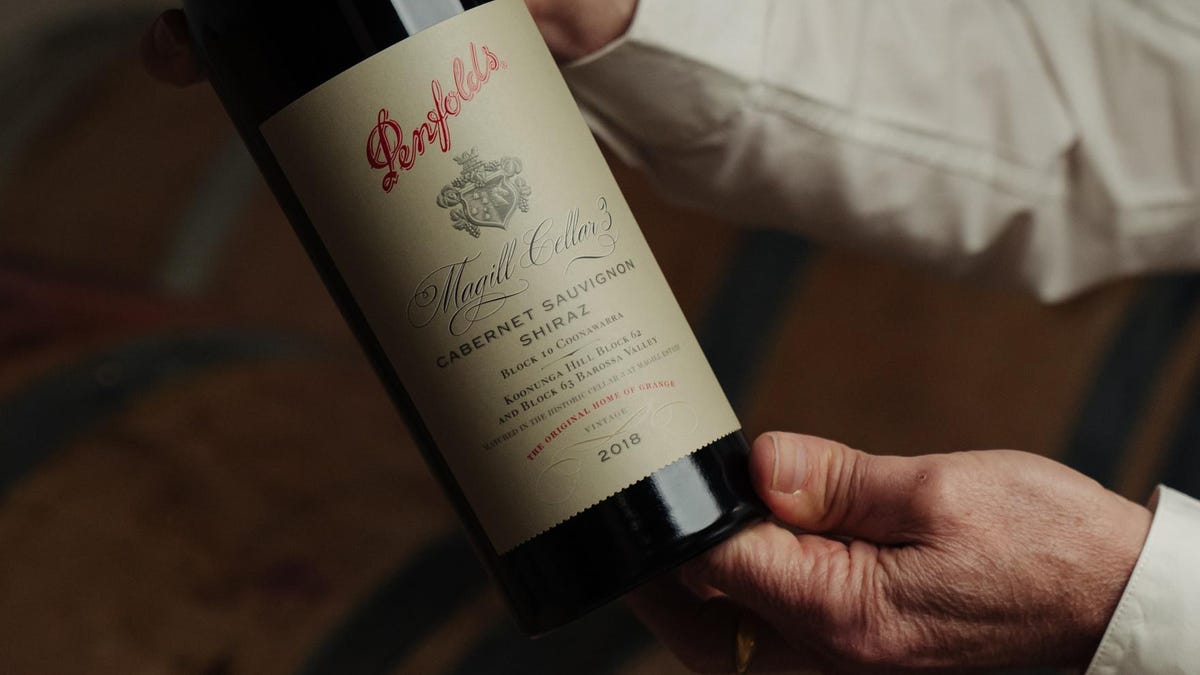
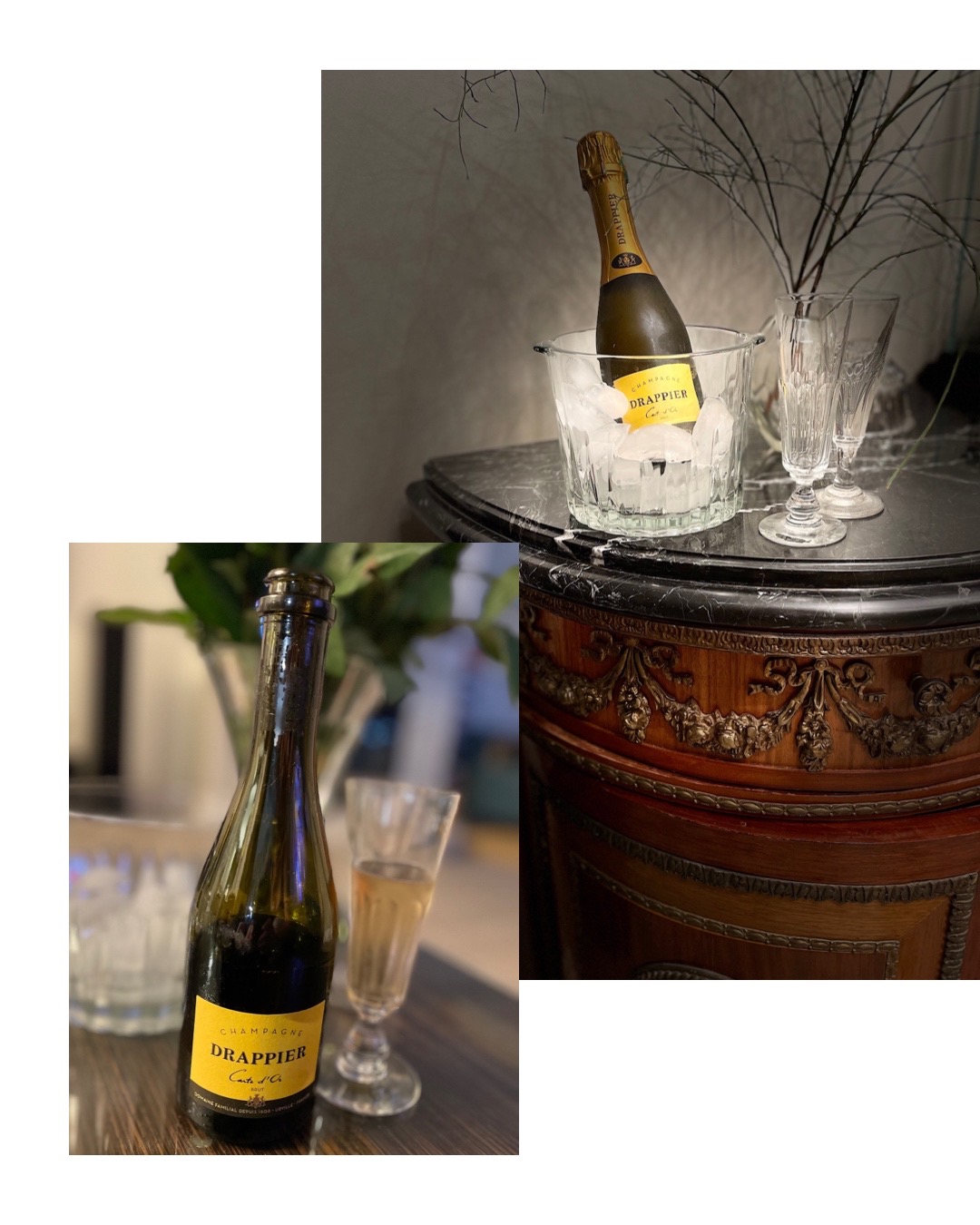
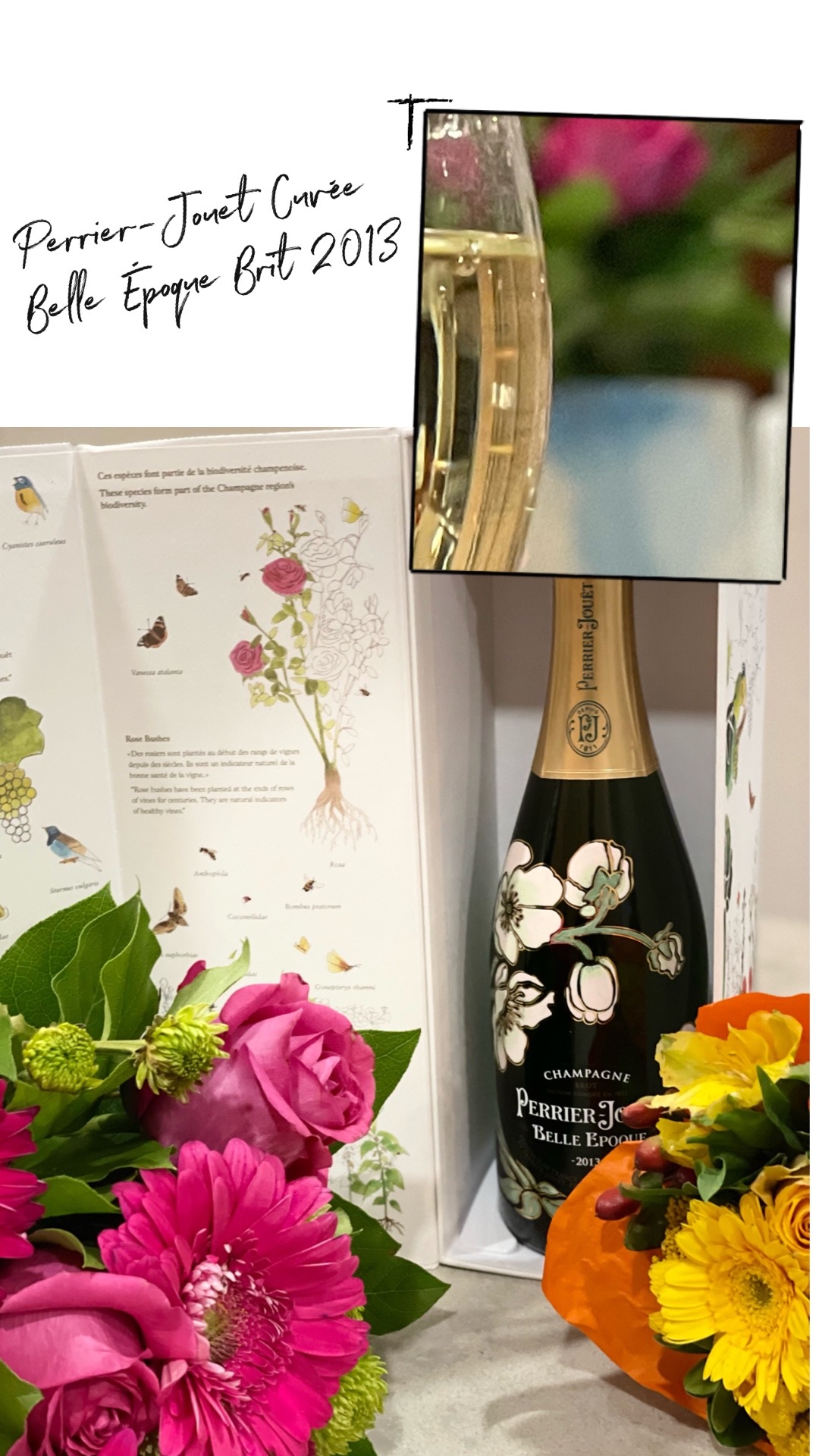
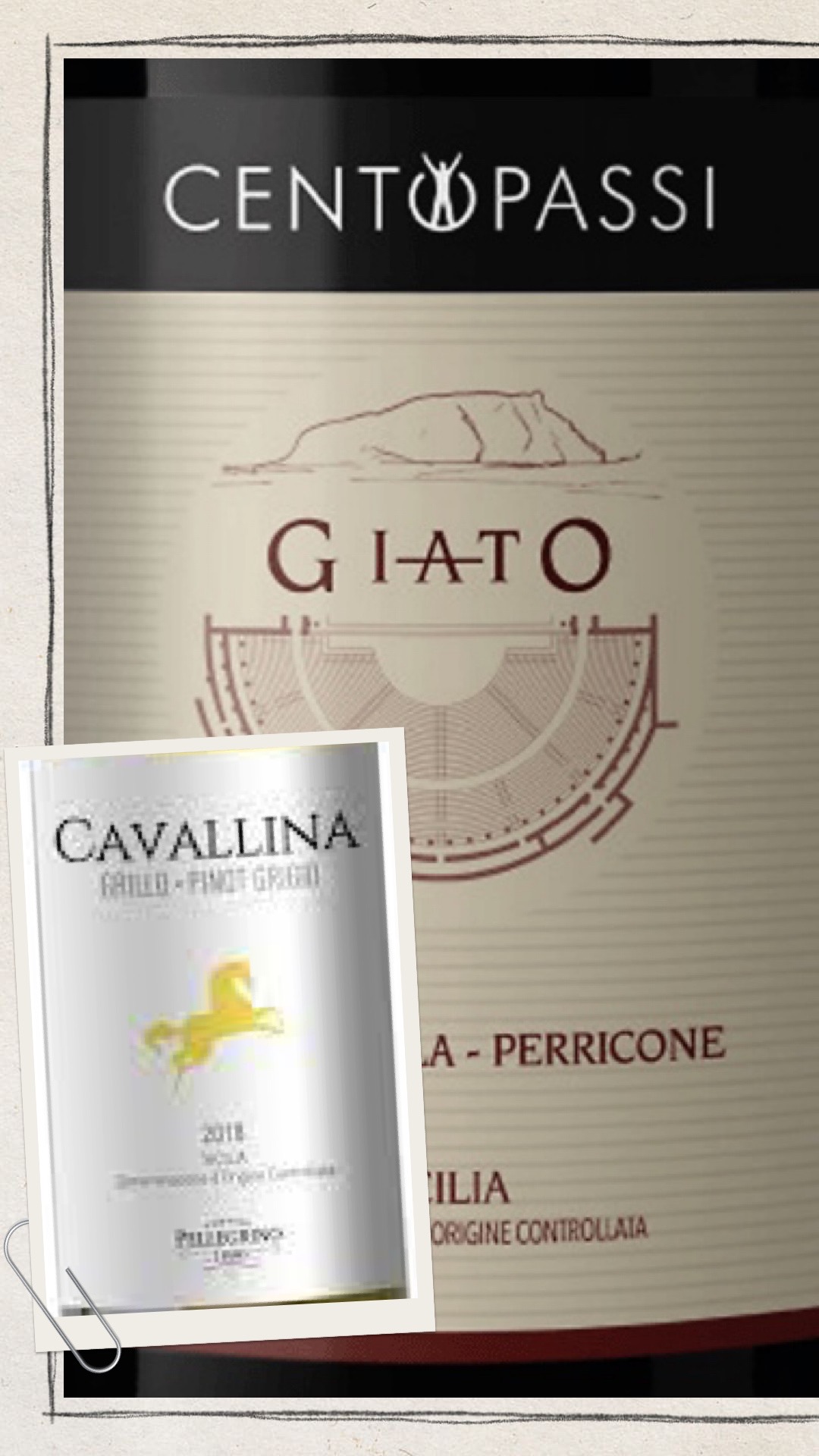
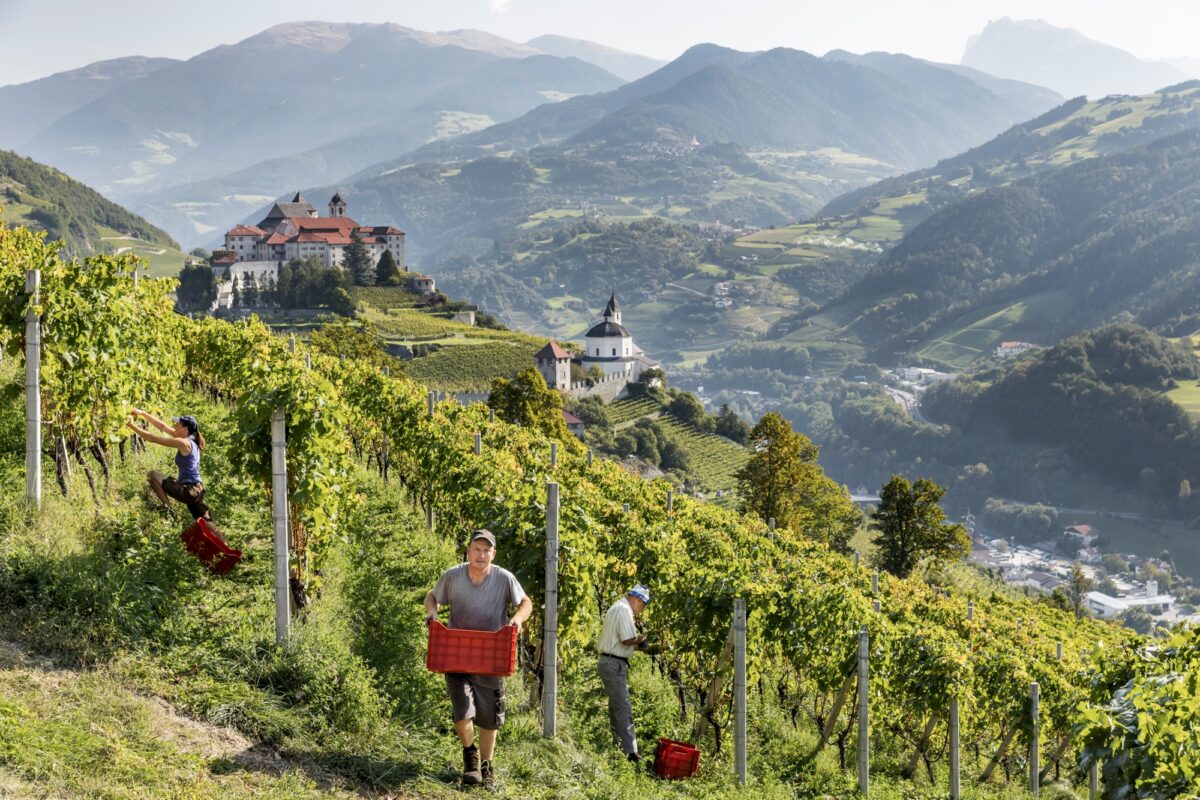
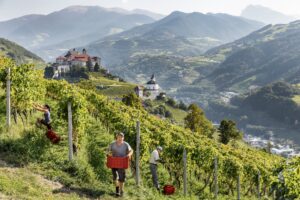 The Wine Summit is an extraordinary event that, through the masterful organization of “Consorzio Alto Adige Wines”, recants the stories and souls behind the bottles of wines from this magnificent land.
The Wine Summit is an extraordinary event that, through the masterful organization of “Consorzio Alto Adige Wines”, recants the stories and souls behind the bottles of wines from this magnificent land.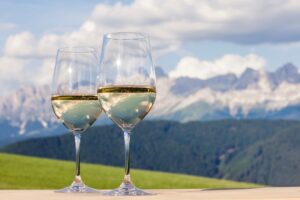
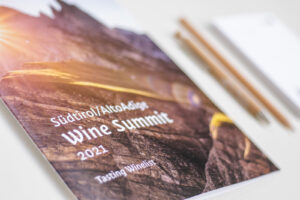
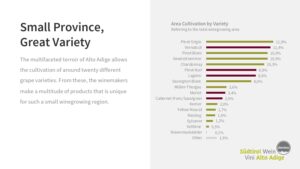 The last decades have marked a change in the level of wine production. In the past, this territory was mainly linked to two native vines: Schiava and Lagrain (two red varieties), nowadays in Alto Adige about 20 different varieties are cultivated. The air of change has been well received by the “altoatesini” winemakers, who, with conviction and passion, have changed the way of conceiving wine as a finished product, maintaining a strong link with the past. The Schiava, is still the second most used grape variety but today the production is divided into 64% production of white wines and 36% of red wines. Tradition and innovation combined to illuminate a territory that is difficult to explain just with words. In 1971 the DOC mark was introduced and today more than 98% of the viticultural surface has this certification. Today this is a land of varieties such as Pinot Blanc, Sauvignon Blanc, Gewürztraminer, Pinot Grigio, Riesling, Sylvaner, Veltliner, Müller Thurgau, Kerner, Schiava, Pinot Noir and Lagrein. They are recognized for great white wines, but also for red and sparkling wines. Elegant production characterized by exuberant freshness and important acidity is the key factor for the longevity of the wines.
The last decades have marked a change in the level of wine production. In the past, this territory was mainly linked to two native vines: Schiava and Lagrain (two red varieties), nowadays in Alto Adige about 20 different varieties are cultivated. The air of change has been well received by the “altoatesini” winemakers, who, with conviction and passion, have changed the way of conceiving wine as a finished product, maintaining a strong link with the past. The Schiava, is still the second most used grape variety but today the production is divided into 64% production of white wines and 36% of red wines. Tradition and innovation combined to illuminate a territory that is difficult to explain just with words. In 1971 the DOC mark was introduced and today more than 98% of the viticultural surface has this certification. Today this is a land of varieties such as Pinot Blanc, Sauvignon Blanc, Gewürztraminer, Pinot Grigio, Riesling, Sylvaner, Veltliner, Müller Thurgau, Kerner, Schiava, Pinot Noir and Lagrein. They are recognized for great white wines, but also for red and sparkling wines. Elegant production characterized by exuberant freshness and important acidity is the key factor for the longevity of the wines.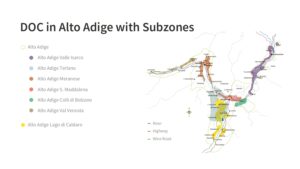 The heterogeneous features of the territory are combined with those of culture. Excellences coming from ancient traditions and the hard work of 5000 winegrowers. It is a territory united by the great love for the land, the wines produced come from private estates, micro wineries, and cooperatives. These cooperatives are aggregations of small producers who deliver their grapes each year. Even if these “cantine sociali” used to be linked to massive productions, it is important to underline that these big entities, in the last decades, have always aimed for great objectives, trying to speak for their land and reaching results of great quality. Alto Adige Doc is the smallest appellation in Italy, but probably one of the most complex. The necessity to transmit a better knowledge of this hidden territory, has oriented the Consortium towards a more detailed zonation and soil mapping to enhance the characteristics of each individual area. The officiality of the new zonation is still waiting for confirmation. However, it could be an important step for this wine district that would mark the path to follow in the future.
The heterogeneous features of the territory are combined with those of culture. Excellences coming from ancient traditions and the hard work of 5000 winegrowers. It is a territory united by the great love for the land, the wines produced come from private estates, micro wineries, and cooperatives. These cooperatives are aggregations of small producers who deliver their grapes each year. Even if these “cantine sociali” used to be linked to massive productions, it is important to underline that these big entities, in the last decades, have always aimed for great objectives, trying to speak for their land and reaching results of great quality. Alto Adige Doc is the smallest appellation in Italy, but probably one of the most complex. The necessity to transmit a better knowledge of this hidden territory, has oriented the Consortium towards a more detailed zonation and soil mapping to enhance the characteristics of each individual area. The officiality of the new zonation is still waiting for confirmation. However, it could be an important step for this wine district that would mark the path to follow in the future.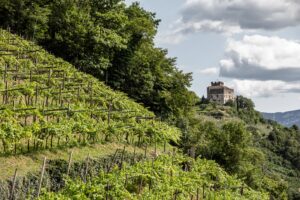 Alto Adige is an extreme and adrenaline-filled territory. A land made fascinating by the great balance of its contrasts. Nature is the master of this place, a painting with breath-taking views: white peaks, imposing mountain walls of the Dolomites, a UNESCO World Heritage site that rises up to more than 3,000m, forests, lakes, gentle green valleys and a unique play of light and shadow that is difficult to describe in a just a few lines. Alto Adige offers a wide range of travel experiences, unique for their visitors, to explore the world of wine. Mixing the greatest treats from the cellars with cuisine, sports, wellness, nature. Activities that turn the wine vacation both of wine connoisseurs and wine enthusiasts, into an unforgettable souvenir. Wine here is not just an experience linked exclusively to luxury. The history and culture of Alto Adige are deeply linked to rural traditions, men or rather “heroes” who have dedicated their lives to their precious land. It is a perfect destination for those who love less frenetic rhythms. You can spend days in the open air, between charming paths or ski slopes; walk through the different Weinberg (German word used for the vineyards, literally means “wine mountain”) and stay in authentic accommodation or participate in culinary experiences and tastings in the wineries also known as “Schloss”, the German word for “castle”. The variety of nature in Alto Adige/South Tyrol is combined with that of culture. The towns were coloured by many men of different cultures, Italians, Germans, and Latins. In this place of the thousand shades to discover, there is something that is never missing: Harmony. In South Tyrol you will leave a small piece of your heart.
Alto Adige is an extreme and adrenaline-filled territory. A land made fascinating by the great balance of its contrasts. Nature is the master of this place, a painting with breath-taking views: white peaks, imposing mountain walls of the Dolomites, a UNESCO World Heritage site that rises up to more than 3,000m, forests, lakes, gentle green valleys and a unique play of light and shadow that is difficult to describe in a just a few lines. Alto Adige offers a wide range of travel experiences, unique for their visitors, to explore the world of wine. Mixing the greatest treats from the cellars with cuisine, sports, wellness, nature. Activities that turn the wine vacation both of wine connoisseurs and wine enthusiasts, into an unforgettable souvenir. Wine here is not just an experience linked exclusively to luxury. The history and culture of Alto Adige are deeply linked to rural traditions, men or rather “heroes” who have dedicated their lives to their precious land. It is a perfect destination for those who love less frenetic rhythms. You can spend days in the open air, between charming paths or ski slopes; walk through the different Weinberg (German word used for the vineyards, literally means “wine mountain”) and stay in authentic accommodation or participate in culinary experiences and tastings in the wineries also known as “Schloss”, the German word for “castle”. The variety of nature in Alto Adige/South Tyrol is combined with that of culture. The towns were coloured by many men of different cultures, Italians, Germans, and Latins. In this place of the thousand shades to discover, there is something that is never missing: Harmony. In South Tyrol you will leave a small piece of your heart.